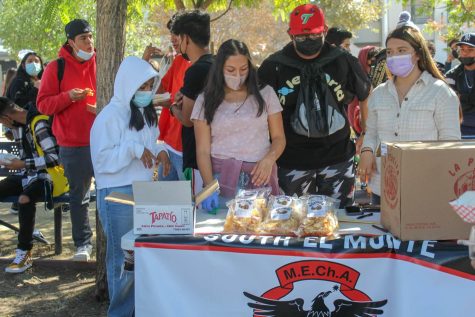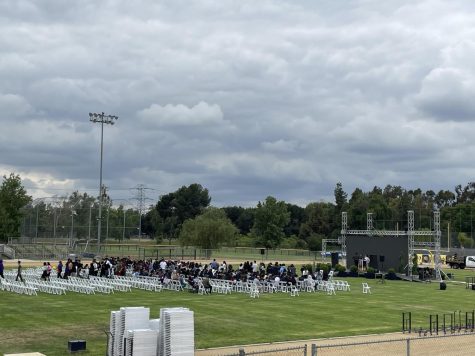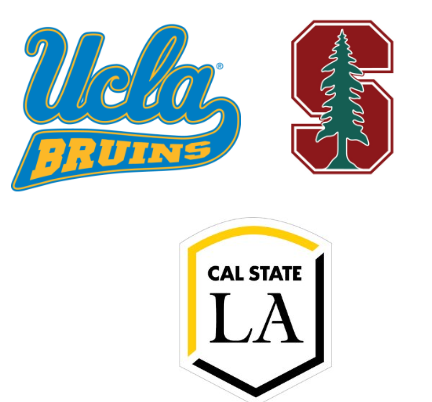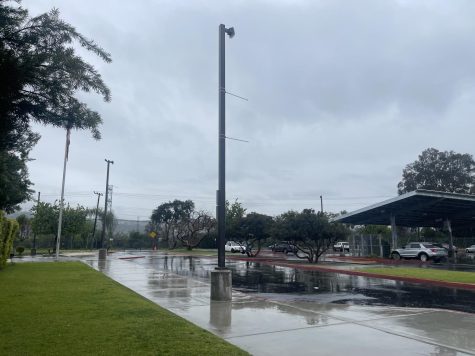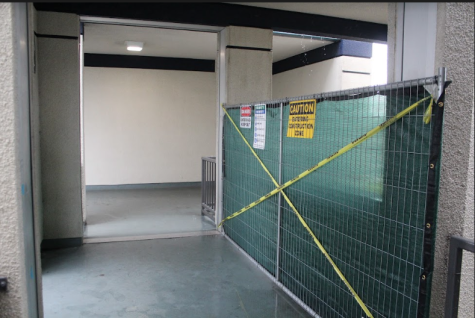California Recall, What Happened?
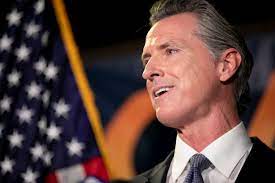
California governor, Gavin Newsom giving a speech.
October 6, 2021
September 14, 2021, that was the day when Governor Gavin Newsom was going to stay or get recalled from his position as governor of California and get replaced by Larry Elder. This isn’t the first time a California recall election has happened; since 1913, there have been 173 recall attempts and only 6 have been successful. The successful recall elections have been:
1913 Senator Marshall Black (R-Prog.) – Herbert C. Jones (D-Prohib.) elected successor
1914 Senator Edwin E. Grant (D) – Edwin L. Wolfe (R) elected successor
1994 Assemblyman Paul Horcher (R) – Gary Miller (R) elected successor
1995 Assemblywoman Doris Allen (R) – Scott Baugh (R) elected successor
2003 Governor Gray Davis (D) – Arnold Schwarzenegger (R) elected successor
2018 Senator Josh Newman (D) – Ling Ling Chang (R) elected successor
After the failed recall election and Governor Newsom keeping his position, Larry Elder, the favored republican candidate said, “By the way, we may have lost the battle, but we are going to win the war.”
Following the victory, Governor Newson tweeted
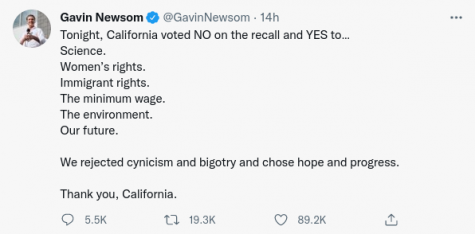
And with the massive landslide of the victory with an overwhelming 73.6% of voters saying no to the recall in Los Angeles County, and 86.7% saying no in San Francisco County, this is only an example of the Democrat’s enthusiasm still running.
Though this is a significant victory for Governor Newsom, there is still one problem, the recall system for Californians. In California, it only takes 1,495,709 of registered voters to trigger a recall, or 12% of votes cast to the governor in 2018. This recall election cost up to $300 million for Gavin’s recall. Many democrats are saying this is too easy to trigger a recall election, and are pushing to make it harder to trigger another recall, clearly frustrated with wasting taxpayer dollars.




